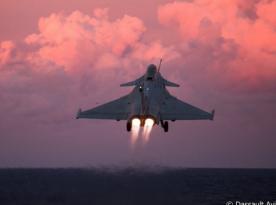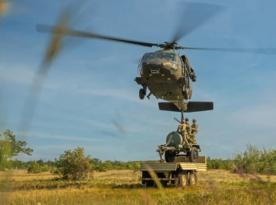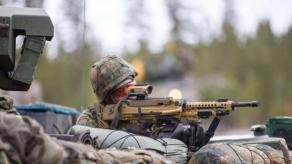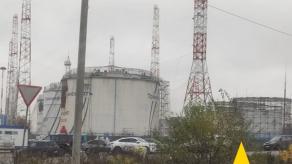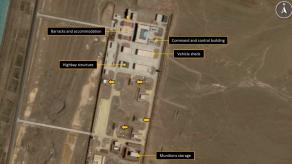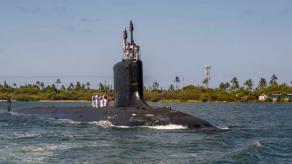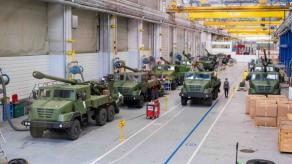Ukrainian FPV drone strikes on russian strategic bombers on June 1 were not only unprecedented in the history of warfare, they also resulted in the destruction of a third of russia’s carriers of conventional and nuclear cruise missiles, causing an estimated $7 billion in damage, according to the Security Service of Ukraine.
However, in this case, the scale of russian losses in Operation Spider’s Web goes beyond monetary calculations. The more accurate way to assess the impact in the realm of weapons industry is through the cost of restoration — especially since these were deliberate, irreversible losses, with Ukrainian forces targeting aircraft in ways that rendered them beyond repair.
Read more: Why Ukrainian FPV Drones Struck Tu-95MS and Tu-22M3 in Specific Spots, and Why Precision Was Crucial
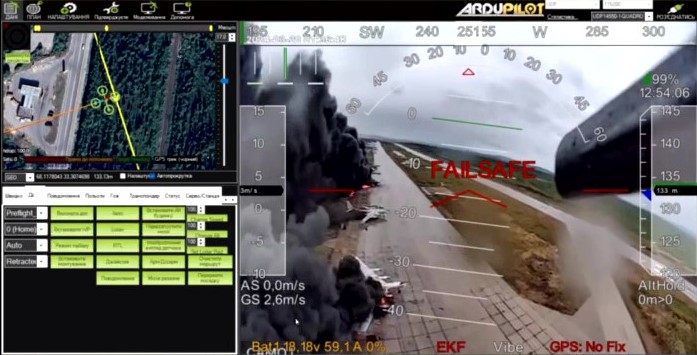
Since the mid-1990s, russia has not produced a single new strategic bomber from scratch. The only current effort to "reproduce" such aircraft relies on dipping into Soviet-era stockpiles with manufactured but hollow airframes stored since the USSR era.
This is, for example, how the Tu-160M2 program operates: new aircraft are being assembled from old Soviet-manufactured fuselages. Even so, russia has only managed to assemble two Tu-160M2s since 2022, with two more in various stages of construction.
Other Tu-160s are undergoing modernization only. In total, russia reportedly possesses 12 to 18 Tu-160s, with five currently under repair at the Kazan Aviation Plant.
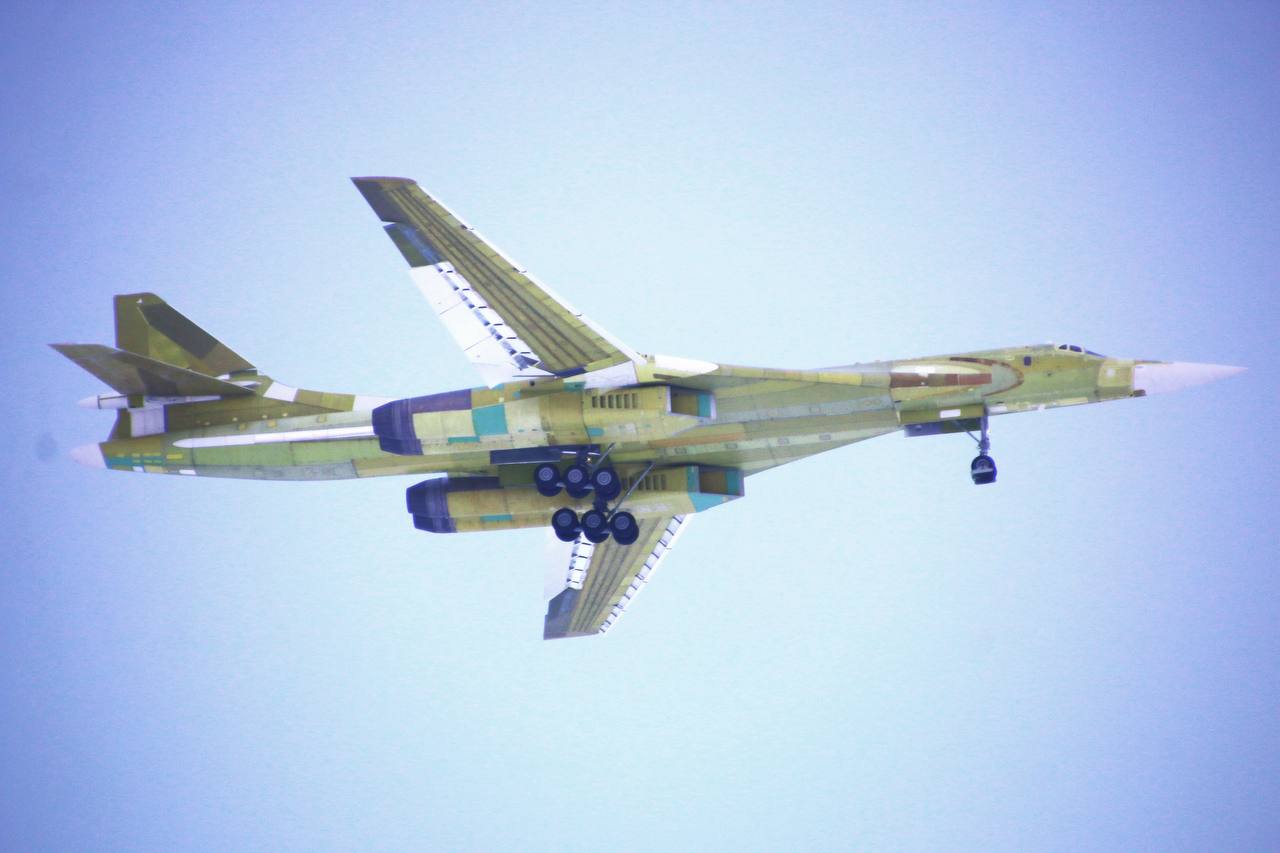
The Tu-95s, meanwhile, are no longer manufactured at all. Of the 40 to 60 Tu-95MS strategic bombers russia still has, not all are flight-capable. From 2013 onward, 27 of them were upgraded to the Tu-95MSM standard, enabling them to carry Kh-101 cruise missiles. However, only the Tu-95MS-16 variant (of which 57 were built, up to 38 currently in russia) were eligible for that upgrade. The Tu-95MS-6 variant (31 built) cannot be modernized to MSM level, and all of those may still be in russian inventory.
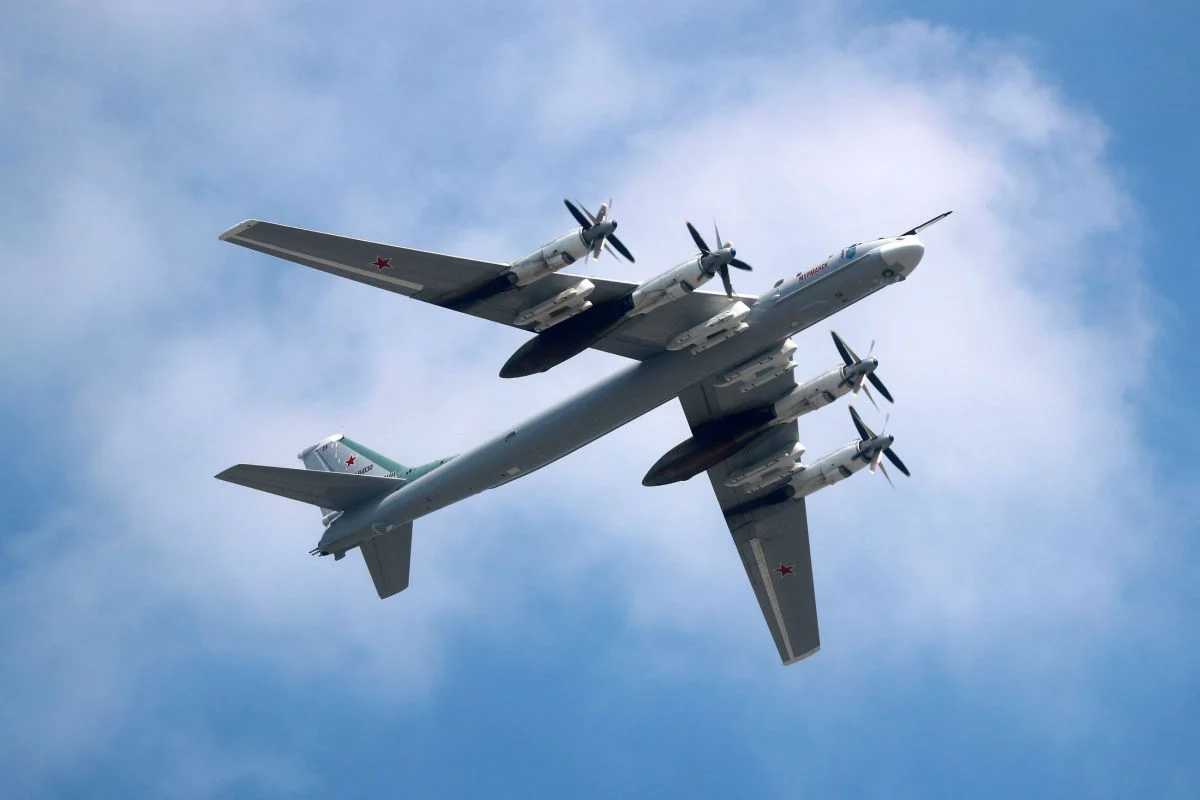
The Tu-22M3, while capable of long-range missions, is technically not a strategic bomber. It cannot carry cruise missiles, only supersonic Kh-22 and Kh-32 missiles. Fewer than 55 Tu-22M3s remain in service, as many have been destroyed on the ground or shot down by Ukrainians, and those that survive are not all operational.
A program exists to modernize them to Tu-22M3M configuration, but progress is slow. Similarly, an effort to assemble six new Tu-22M3s from old airframes rusting away outdoors for 30 years has yielded no visible results after years of effort.
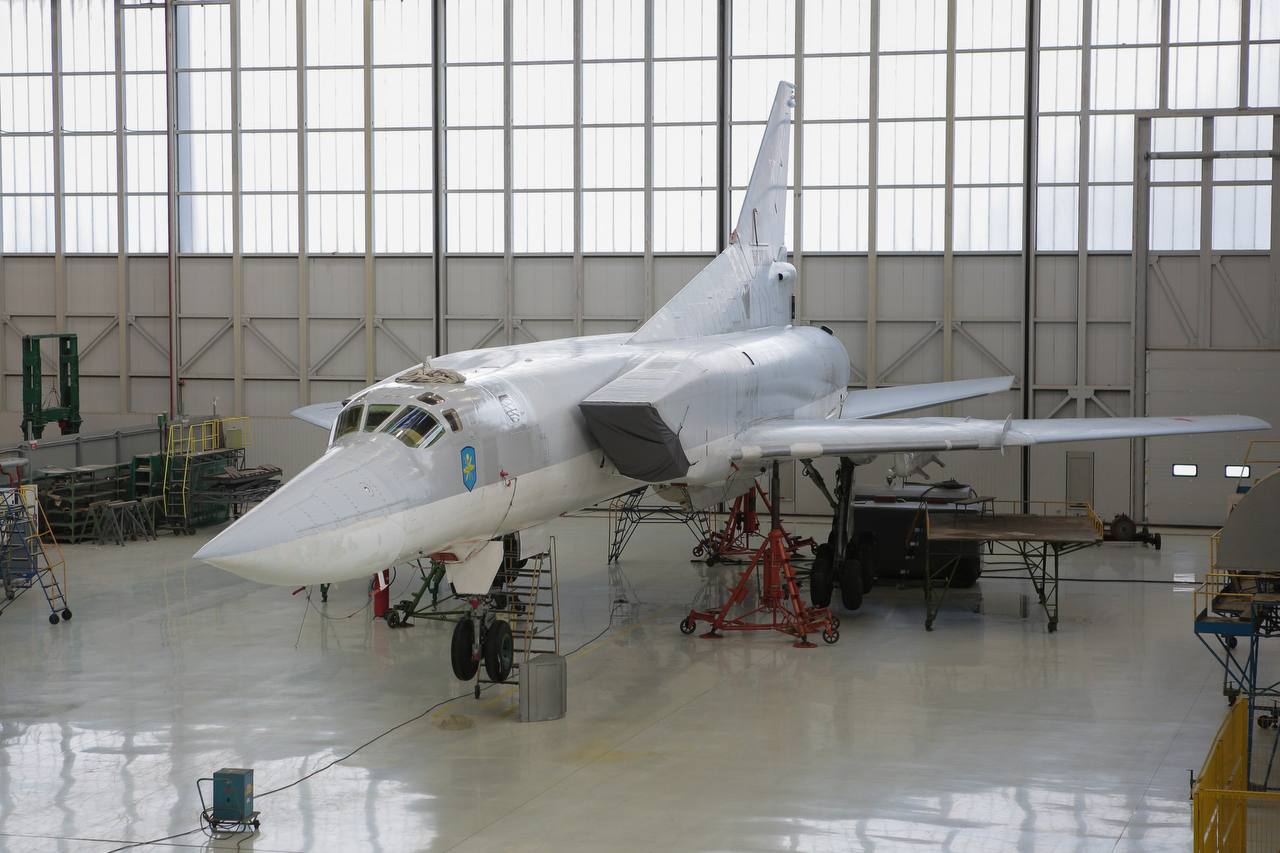
This means that, realistically, russia’s only path to restoring strategic bomber losses lies in building entirely new aircraft. That would be the PAK DA (Product 80) program — intended to eventually replace the Tu-95MS and Tu-22M3.
Launched in 2009, PAK DA was initially expected to fly by 2025 and enter service by 2027. Yet, by 2021, twelve years into the program, only its final design layout had been approved. Today, there is still no flying prototype, only a static mock-up for ground testing. Serial production remains years away, possibly even 10–20 years, and there are serious doubts as to whether russia can complete the project at all, let alone fulfill its ambitious goals.

Therefore, to properly calculate the cost of replacing the strategic bombers destroyed in Operation Spider’s Web, one must consider not just aircraft unit prices, but the full development cost of the PAK DA program. When strategic bombers are produced in small batches, development costs are divided among very few units, pushing per-aircraft prices to extreme levels.
For example, this method was used for calculations on the U.S. B-2 Spirit, whose total program cost (divided across only 21 aircraft) amounted to approximately $2.13 billion per bomber.
By this logic, restoring russia’s lost bombers would cost not millions, but billions each — and the announced $7 billion total is just a conservative estimate. Moreover, even at that price, it would be a medium- to long-term effort with no guarantees of success.
Read more: Leaked Documents Reveal russian Plans For Tu-95MS, Tu-160, and Tu-22M3 Modernizations, With Numbers and Costs






